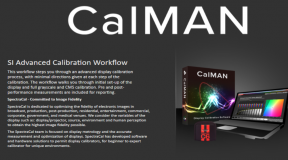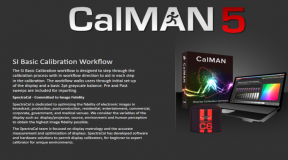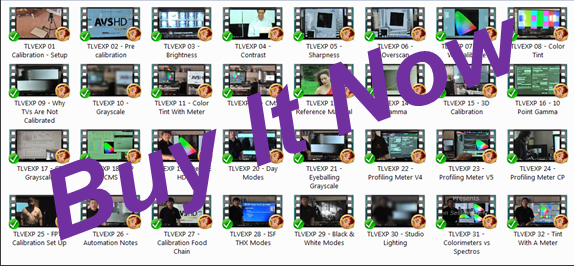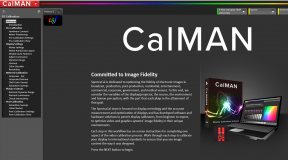Now if we move the meter even further back, it will start to look like this. It is overshooting the edge of the test pattern that we want to take readings of. This is bad since any readings would be comprised of the white part as well as the black parts. The readings are polluted so we cannot do something like this. Have to move the meter closer again.

Now back to the ideal about how the meters should perform. As long as we don’t go too far back and pollute the FOV with different elements, our meter readings should be effectively the same. They won’t ever be exactly the same given the nature of our instruments and of course the room reflections might add a bit of variation here as well.
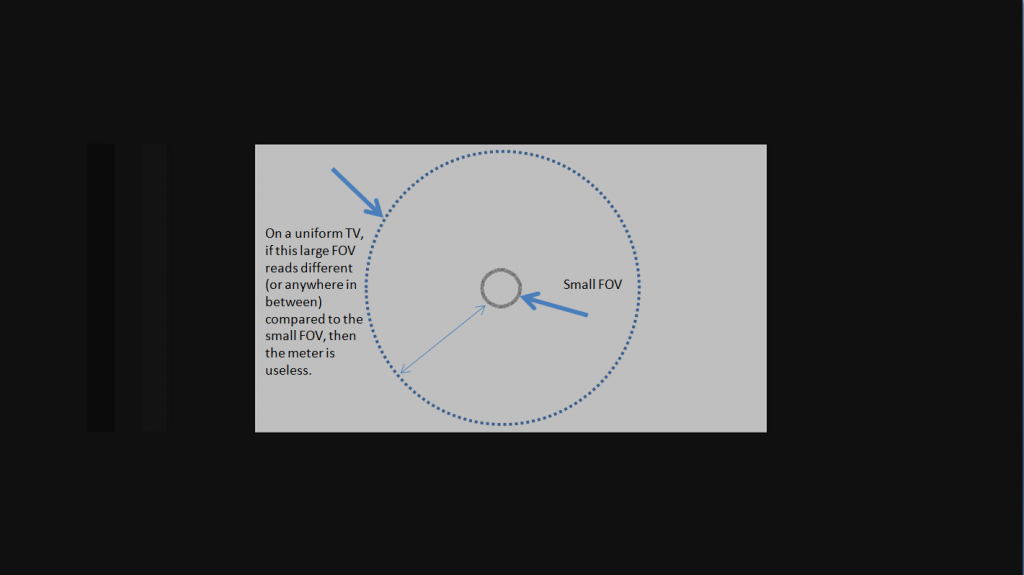
So this is our expectation on how things should work out in real life on a meter. Let’s see how this plays out on my Jeti 1211 spectro (My previous CS 200 behaved the same way). This portion is from the original article about my experiment on a formerly new Samsung E8000 series LED/LCD set.
I had a chance to play with one of the new Samsung E8000 series LED sets. I first placed the C6 up to the set and calibrated the display with that device and the calibration tables. The C6 is in contact with the face of the screen. Next up I took some readings from the Jeti spectro to see how well the C6 did. The Jeti was tripod mounted and about 22 inches back from the screen. The laser pointer on the jeti showed it was looking at a similar surface area of the screen. The following then is a series of images starting with the C6 tables version and then eight readings of the same tv, but spaced about 9 inches further away each time. (The FOV increases every time the meter is moved back from the TV) So with the first reading being 22 inches, the second is 31 inches … then 40, 49, 58, 67, 76, 85.
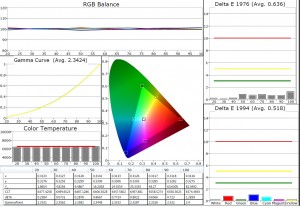
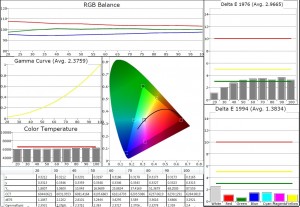



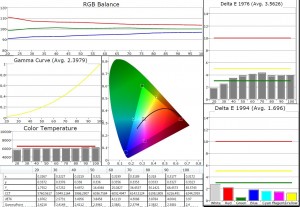

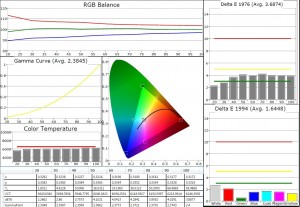
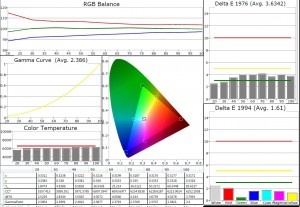
Alright, so the behavior here actually matches the expectations from the theory. Changing the FOV does not matter as long as the device continues to look at the same test pattern.


